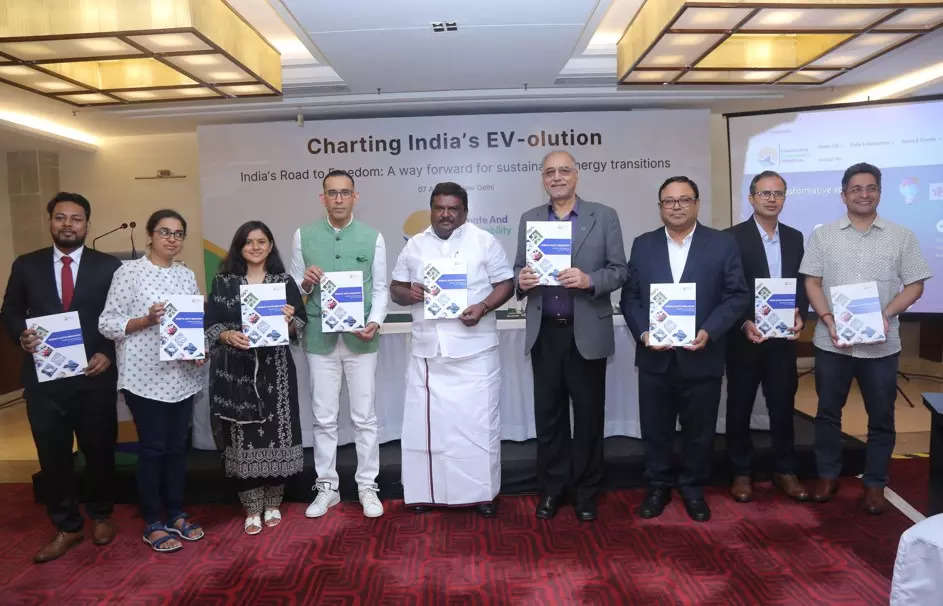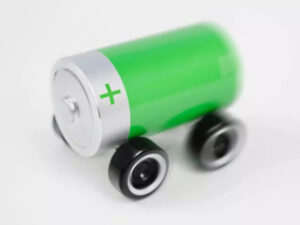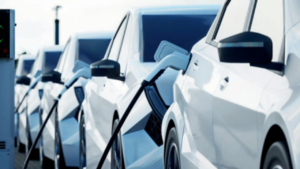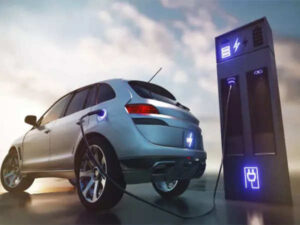
New Delhi: The automobile sector is working at the forefront to achieve EV-olution, along with the country’s target of net-zero emissions by 2070. Thus, adequate automobile financing is required by the Central Government and other financing organisations to boost localisation, R&D, manufacturing, and other essential elements for EV-olution charging.
EV-olution in the auto sector could create an overall market opportunity of more than USD 19.7 trillion by 2070 with passenger vehicles (cars) dominating the account, says a report by the Climate and Sustainability Initiative (CSI), a global research firm, on India’s auto industry; Mapping the course to net zero by 2070.
“The transition to a net-zero auto industry in India is not just an environmental imperative but also an economic opportunity of unprecedented scale…. the idea behind this figure is to showcase what is the potential of India and how to make sure that potential is preferred”, Vaibhav Pratap Singh, Executive Director, CSI, told ETAuto.
The report has given a holistic coverage of challenges and solutions through which India can achieve its net zero target by 2070. One such aspect is fuelling good finances in the automobile sector to boost growth. The report states that automobile financing has to be escalated from 2% to 18% until 2070 due to the low proportion of financed vehicles. The finance quantum during 2021-2070 will be highest for cars at USD 7.1 trillion, states the report, followed by USD 1.9 trillion for trucks and USD 653 billion for two-wheelers.
This financing will act as fuel to boost localisation, R&D, manufacturing, and other required aspects that are underutilised in the country.
Localisation – Tamil Nadu the sweet spot
The Central Government has to incentivise the OEMs (Original Equipment Manufacturers) and the buyers to make them choose clean energy technology that could aid the country’s decarbonisation target. Such incentives aid in localisation of auto components and developed technologies to reduce the high-end cost of EVs that act as a barrier to wider adoption.
Automobile OEMs have preferred Tamil Nadu as their go-to destination for investment as leading players such as Vinfast, Hyundai Motor India, Tata Motors, Ather Energy, Omega Seikki Mobility, and Ola Electric have already invested in the state.
“The Tamil Nadu Government is industry-friendly… We are providing all infrastructure facilities and we are doing whatever the companies require,” S S Sivasankar, State Transport Minister, Tamil Nadu told ETAuto.
One of the crucial elements where one of the highest investments is required to curb the prices of EVs is battery localisation. EV batteries drive almost 40% of an electric vehicle cost for which the Central Government has initiated certain schemes. The report states that by 2030, electric two-wheelers will escalate the demand for batteries to 117 GWh, out of the 225 GWh which is the estimated total EV battery demand.
The report further mentions that the annual demand, on average, for battery replacements might boost from negligible in 2025 to approximately 788 GWh by 2070. However, with advanced R & D technologies a lower figure can be observed.
Thus, India requires investment of USD 1 billion by 2025 to USD 41 billion in 2065 to come at pace with increased EV battery demand.
“The path to 2070 is ambitious but achievable, and it promises significant economic returns and technological advancements. We are committed to supporting this transition through innovative solutions and strategic collaborations,” Pratap Singh added.
Investment by OEMs
The decarbonisation in the automobile industry will be experienced when the OEMs boost their investments several-fold, says the report. On average USD 323 billion is the investment needed by the OEMs by 2070 to achieve decarbonisation in the transport sector, starting with USD 7 billion funding by OEMs by 2025.
The highest share is expected to be received from the passenger vehicle category, following which the truck category is anticipated to invest over USD 45 billion by 2070 to meet the rising domestic requirements.






